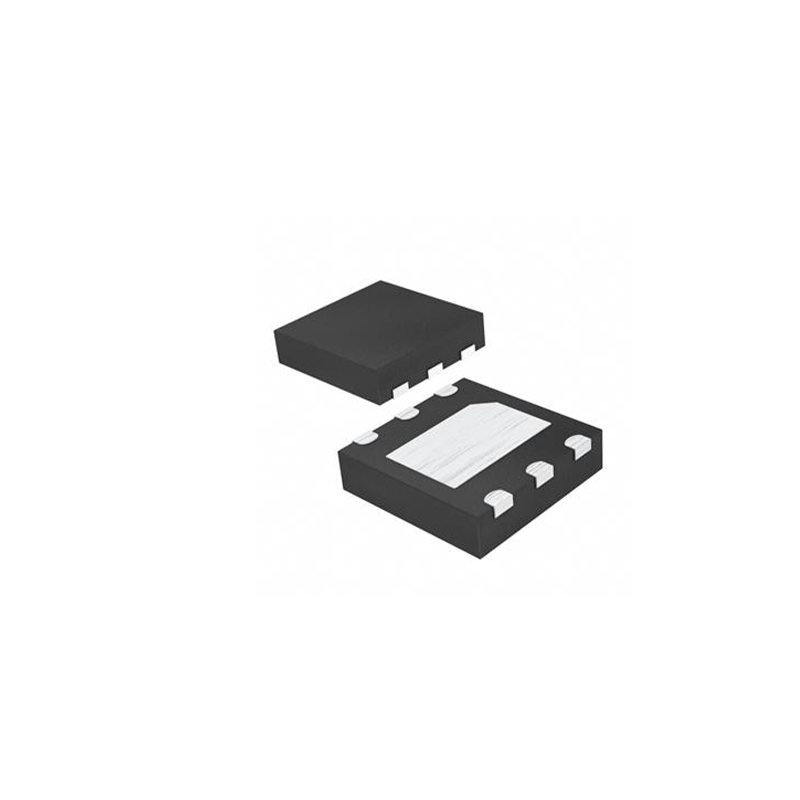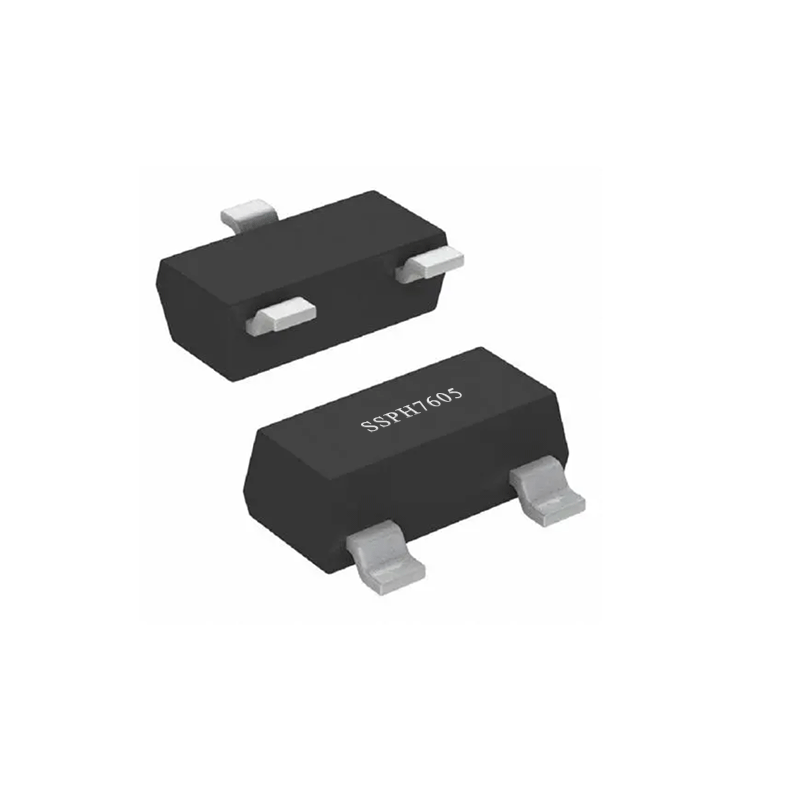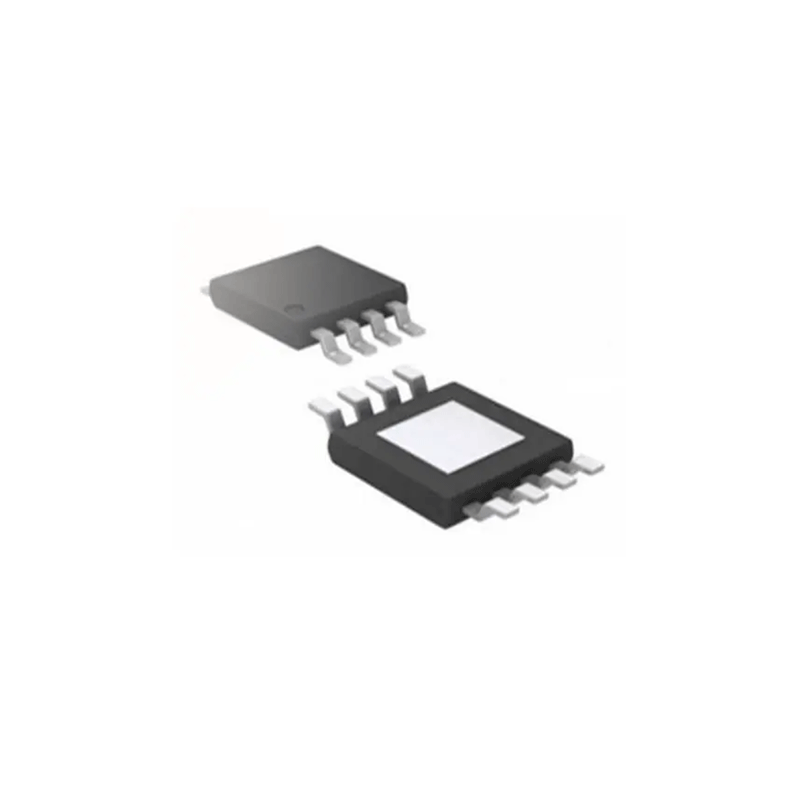1. The total amount of GPU of the world’s five giants is exposed, and the equivalent H100 or more than 12.4 million pieces in 2025
As of now, the computing power owned by the world’s five largest technology companies in 2024, and the forecast for 2025:
- Microsoft has 750,000 to 900,000 H100 equivalents and is expected to reach 2.5 million to 3.1 million next year;
- Google has 1 million to 1.5 million H100 equivalents and is expected to reach 3.5 million to 4.2 million next year;
- Meta has 550,000 to 650,000 H100 equivalents and is expected to reach 1.9 million to 2.5 million next year;
- Amazon has 250,000-400,000 H100 equivalents and is expected to reach 1.3 million to 1.6 million next year;
- xAI has 100,000 H100 equivalents and is expected to reach 550,000 to 1 million next year.
Google Gemini 2.0 is expected to go live this month. Musk has previously revealed that Grok 3 will also be unveiled at the end of the year, the exact date is still unknown. He said that after training on a dataset of legal issues, the next generation of Grok 3 will be a strong personal lawyer, available around the clock.
The OpenAI o2 model is also said to be in training in a bid to catch up with its closest rival.Nvidia remains the GPU leader, selling 7 million units in 25 years.It is estimated that Nvidia will sell 6.5 million to 7 million Gpus in 2025, almost all of which will be the latest Hopper and Blackwell series.That includes about 2 million Hoppers and 5 million Blackwells, based on production percentages and volume expectations.
On Jan. 21, Nvidia’s fiscal 2025 third quarter earnings report projected data center revenue of $110 billion in 2024, more than doubling from $42 billion in 2023, and on track to top $173 billion in 2025.
2. With the advent of new regulations and control, please believe that China’s integrated circuit industry does not have a winter that is insurmountable!
On December 2, 2024, the U.S. Department of Commerce’s Bureau of Industry and Security (BIS) announced a series of new regulations, including new controls on 24 types of semiconductor manufacturing equipment and 3 types of EDA tools, HBM; Plus 140 listed enterprises (136 in China, 2 in South Korea, 1 in Singapore, and 1 in Japan). In fact, this new regulation is in addition to the October 2022 IFR, October 2023, and April 2024.
BIS New regulations, including but not limited to:
1)New regulations for semiconductor manufacturing equipment required for the production ofadvanced nodal integrated circuits, including certain etching, deposition, lithography, ion implantation, annealing, metering and inspection, and cleaning equipment. (All critical equipment in Fab plant)
2)New regulations for EDA tools used to develop or produce advanced nodal integratedcircuits, including certain to improve the production efficiency of advanced equipment; No new EDA tools (including TCAD) are allowed to be provided, so as not to enable the production of advanced processes by equipment that produces mature processes. “Outage” of existing EDA tools: Even previously purchased EDA tools may be discontinued due to failure to renew the license key.
3)New regulations for HBM. Redefine “advanced chips” through performance indicators (storage unit area is less than 0.0019 square microns, storage density is higher than 0.288Gb/mm²), and bring HBM memory chips into strict control. HBM isessential for large-scale AI training and reasoning, and is a key component of the integrated storage and computing. The new controls apply to U.S.-origin HBMS as well as HBMS produced in countries subject to the EAR under the Advanced Computational Foreign Direct Product (FDP) rule. Certain HBMS will be eligible for authorization under the new license 140 listed enterprises, covering the whole integrated circuit industry chain, covering leading enterprises in various segments, including: three EDA enterprises Huada Jiutian, Guowei Chip and Oriental Jingyuan; A total of 20 equipment, materials and parts enterprises, including NAURA Chuang, Xinyuan Micro, Tuojing Technology, Zhongke Flying Test, Zhichun Technology, Kaishitong, Huahai Qingke, Xinsheng Semiconductor (the list of enterprises attached), and the related descendants of the above companies; FAB plants include SMIC, Wuhan Xinxin, Xinen, Shenzhen 2 FAB plants, etc.; It can be said that the “closing work” of the Biden administration, with its large strength and wide scope, can be called “unprecedented”, and it is a “precise attack” on China’s integrated circuit industry chain.
The main purpose of this BIS new regulation is:
- Tocontain China’s development in the field of advanced artificial intelligence and prevent military technological
- Weaken China’s semiconductor ecosystem and prevent technological breakthroughs at the expense of the security interests of the United States and its Allies.
3.Huawei Mate 70 series achieves 100% localization of chips
On December 4, Huawei Mate 70 series ushered in the first sale, online and offline channels simultaneously opened for sale, and the buying spree was unprecedented. On the same day, He Gang, CEO of Huawei Terminal BG, had a deep dialogue with Zhang Quanling, founding partner of Purple Bull Fund, telling the story behind the first sale of Huawei Mate 70 series, he made it clear in the dialogue that each chip of Huawei Mate 70 series has the capability of domestic production, which also means that Huawei mobile phone finally realized 100% domestic chip.
As a new generation of processors independently developed by Huawei, Kirin 9020 has significantly improved in performance and power consumption. According to official data, compared with the previous generation Mate 60 Pro+, the Mate 70 series has improved the operation fluency by 39 percent, the game frame rate by 31 percent and the overall performance by 40 percent. These improvements are mainly due to the excellent performance of the Kirin 9020 processor.
Specifically, the Kirin 9020 uses a design of 8 cores and 12 threads (recognized by the software as 12 cores), including one large core with a frequency of 2.5GHz, three
medium cores with a frequency of 2.15GHz, and four small cores with a frequency of 1.6GHz. For the GPU, it uses the new Maleoon 920, which reaches 840MHz. Compared to its predecessor, both CPU and GPU frequencies have been increased, while the internal architecture has been optimized.
According to GB6’s running score data, the Kirin 9020’s single-core performance is between Qualcomm’s Snapdragon 888+ and Snapdragon 7+Gen2, and its multi- core performance is between Tianguet 8300 and Tianguet 9200.
In the Antutu run score test, the Kirin 9020 scored about 1.25 million points, which is a significant improvement compared to the 960,000 points of the Kirin 9010. This result shows that the Kirin 9020 can be compared with some top international chips in terms of theoretical performance.
In addition to strong hardware support, the Huawei Mate 70 series also comes pre- loaded with the latest native Hongmeng operating system. The system not only improves the operating experience of the mobile phone, but also further enhances the overall performance of the device through a series of optimization measures, gets rid of the dependence on foreign operating system technology, achieves autonomy and controllability, and is the first full-stack self-developed mobile operating system in China.
Data show that the native Hongmeng comprehensive breakthrough in the core technology of the operating system, from the upper layer of AI, multimedia, graphics, security and privacy, integrated development environment, programming framework, compiler, programming language, database, to the bottom of the full
scene interconnection, file system, OS kernel and other aspects, HarmonyOS has its own core technology.
Zhang Quanling pointed out that although there is a gap between Kirin 9020 and the world’s highest level in semiconductor technology, Huawei has optimized the integration of hardware and software, making consumers unable to feel this gap in actual use. She stressed that consumers will not notice the difference, whether it is the heating of the phone or the gaming experience.
Faced with such a dilemma, Huawei is actively seeking solutions. On the one hand, it has strengthened cooperation with domestic manufacturers to promote the progress of domestic chip manufacturing technology; On the other hand, constantly explore new design concepts to make up for the shortcomings of advanced manufacturing technology. For example, improving chip performance through architecture optimization and other ways to reduce the dependence on advanced processes.
In addition, there are views that even if Huawei achieves 100 percent domestic production of its chips, it may still rely on foreign suppliers for key components such as operating systems, screens and cameras. Therefore, there is still a long way to go before Huawei can truly realize the autonomy and control of the whole industrial chain.
4. It is expected that by 2027, the demand for AI and interaction will drive the value of the humanoid robot market to exceed 2 billion US dollars
According to the latest research of TrendForce Consulting, under the premise of gradually achieving mass production of robot factories in 2025, it is estimated that the output value of the global human robot market is expected to exceed 2 billion US dollars in 2027, and the compound annual growth rate of the market size from 2024 to 2027 will reach 154%. Among them, service robots benefit from generative AI technology, and their appeal to the market will be significantly increased.
From the analysis of technological development priorities, the current software platform focuses on machine learning training and digital twin simulation, and the overall machine type focuses on collaborative robots, mobile robotic arms and humanoid robots to adapt to diverse environments and human-machine cooperation and interaction. At present, American and Chinese manufacturers are actively investing in and expanding the testing of human robots, and the completion of products of many leading manufacturers is also improving. For example, Digit developed by Agility Robotics and Apollo developed by Apptronik are all planning to go public. Optimus, built by Tesla, is also planned to be mass- produced and listed between 2025 and 2027.
The motion execution ability of human robot depends on key component technology. According to TrendForce Consulting survey, the cost of various components of human robot at present accounts for 22% of the highest, and the rest are composite parts (including plastic and metal) 9%, 6D torque sensor 8%, and hollow cup motor 6%. And there is a certain degree of technical barriers in the field of components. It is expected that the hardware and software supply chain of humanoid robots will be highly overlapping with the supply chain of intelligent terminal equipment, industrial robots and drones. Suppliers with competitive advantages in these three supply chains will be easier to cut into the humanoid robot market in the future.
5. Bytedance bought 230,000 GPU this year, making it Nvidia’s second-largest buyer globally
In the race among global tech giants for artificial intelligence chips, Chinese tech company ByteDance has emerged as Nvidia’s second-largest buyer, the Financial Times reported. Data shows that ByteDance purchased about 230,000 Nvidia chips this year, second only to Microsoft and ahead of traditional tech giants such as Meta, Amazon and Google, demonstrating the strength of Chinese tech companies in the global AI race.
Microsoft, which is the biggest investor in OpenAI, remains the world’s largest purchaser, buying 485,000 Nvidia “Hopper” chips this year. That’s more than double the 224,000 Hopper chips purchased by Meta, Nvidia’s second-largest customer in the U.S., and well ahead of its main cloud rivals Amazon (196,000) and Google (169,000).
6.Sustainability projections for the semiconductor industry through 2025
TechInsights predicts that semiconductor emissions will continue to rise substantially over the next few years. By 2030, emissions from semiconductor manufacturing are projected to reach a staggering 277 million metric tons of carbon dioxide equivalent, a sharp increase from the 168 million metric tons recorded in 2020. This alarming growth rate, driven by increased demand for advanced technologies such as artificial intelligence and 5G, highlights the urgency of implementing sustainable solutions.
Advanced packaging technologies such as 3D stacking and chip integration have revolutionized the semiconductor industry by enabling more chip modules to be packed into a single chip. Silicon intensity, or the number of manufactured chips needed to produce a given level of computational performance, is expected to continue to dominate the environmental footprint of semiconductor manufacturing in 2025.
While advanced packaging technologies can improve the energy efficiency of individual devices, their overall impact on semiconductor emissions is relatively limited. In most cases, the impact of packaging on the total carbon footprint of semiconductor products is less than 10%. However, for specific applications such as automotive and connectivity, the impact of packaging can be more significant.
Rapid advances in artificial intelligence have greatly driven the demand for high- performance Gpus. However, this technological leap also comes with significant environmental costs. Carbon emissions from GPU-based AI accelerators are expected to surge 16-fold by 2030.
_画板-1@2x.png)



